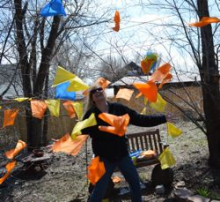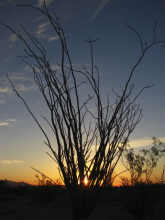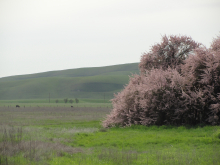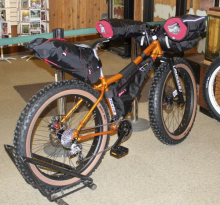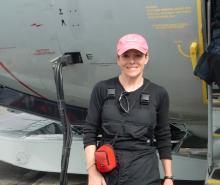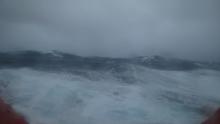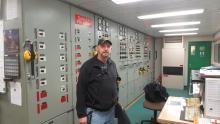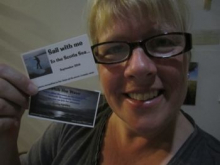Weddell Seals in the Ross Sea 2014
What Are They Doing?
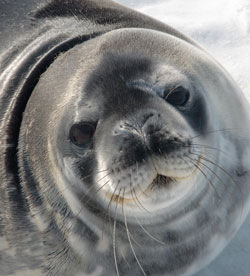 A Weddell seal near McMurdo Station, Antarctica (Photo by Alex Eilers)
A Weddell seal near McMurdo Station, Antarctica (Photo by Alex Eilers)
The team traveled daily to Weddell seal haul out sites on the sea ice near McMurdo Station. While on location, the team found female seals, gently sedated them, and took a variety of biological samples – weight, size (length and girth), took blood samples, and collected tissue samples. They also took thermal images of the seals to see how much heat the seal was losing to the environment. A time-depth recorder also was placed on the seals hind flipper to record the seals' dive behaviors. The team will return the next season in an attempt to relocate the seals, take biological data, collect the tags, and determine if the seals have pupped.
This data was collected and analyzed in an attempt to learn more about what drives the timing of a seal's critical life history events – such as breeding and molting – and how disruptions in that natural cycle by changes in climate and environment might affect the world's southernmost mammal.

